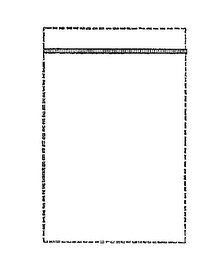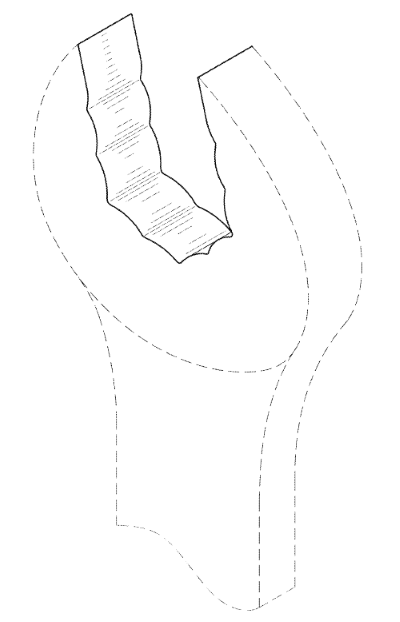Illinois Tool Works (ITW) was the owner of three product design trademark registrations used in connection with resealable plastic bags. ITW licensed these trademarks to third parties, including S.C. Johnson. S.C. Johnson appears to use these designs in its ZIPLOC branded bags. The product design trademarks (a.k.a. trade dress) are directed to a colored stripe extending across the top of a bag. Tm Reg. Nos. 0946120, 1055114, 1294243. An example figure from the Registration No. 0946120 follows.

Poly-America, L.P. petitioned the USPTO to cancel these trademark registrations. [Poly-America, L.P. v. Illinois Tool Works, No. 92056833 (TTAB 2017)]. Poly-America asserted that the mark of each was ineligible for registration because the color stripe was functional.
Obtaining trademark protection over a product design or a portion of a product design is not easy. This is because it is more likely that consumers generally see design features as functional and not a source indicating. Functional features are protected by patents not trademarks. How can we determine if something is functional rather than source indicating? Well, it is easy to assert that a product design feature is functional if the trademark owner admits that it is functional in its advertising and in its utility patent. That’s what happened to ITW.
Here’s a portion of the present law on functionality. The registration of a product design may be denied or cancelled if it “comprises any matter that, as a whole, is functional.” 15 U.S.C. § 1052(e)(5). A product design or product feature is functional if it is (1) “essential to the use or purpose of the article,” or if it (2) “affects the cost or quality of the article.” TrafFix Devices Inc. v. Mktg. Displays Inc., 532 U.S. 23 (2001). Two factors relevant to whether a design is functional are “(1) the existence of a utility patent disclosing the utilitarian advantages of the design; and (2) advertising materials in which the originator of the design touts the design’s utilitarian advantages…”
In the Poly-America case, ITW’s predecessor admitted that the colored strip was functional in its utility patent, US Patent. No. 3054434. The patent stated, “In order to facilitate identification of the flanges as means to assist in the separation of the strips 9′, 9′ when they are engaged together, the flanges may be colored differently than the strips themselves.”
Further, ITW’s predecessor admitted that the color strip was functional it its advertising of the product. The advertising stated, the “color flange immediately identifies the point of opening” and “also serves a practical purpose. It immediately identifies the point of opening.”
The Board relied on these admissions to conclude that the registrations should be canceled as the colored strip is functional.
When seeking or holding trade dress protection in a product design, advertising and utility patent efforts must be closely monitored and coordinated so that you don’t destroy such trade dress protection by admitting that the relevant product design features are functional.

